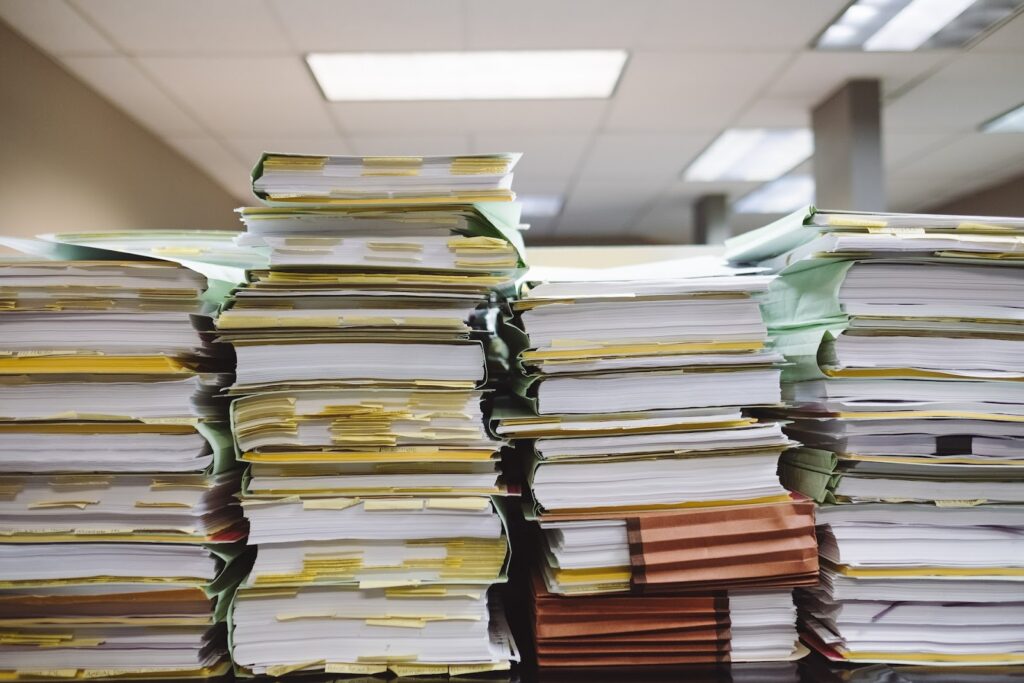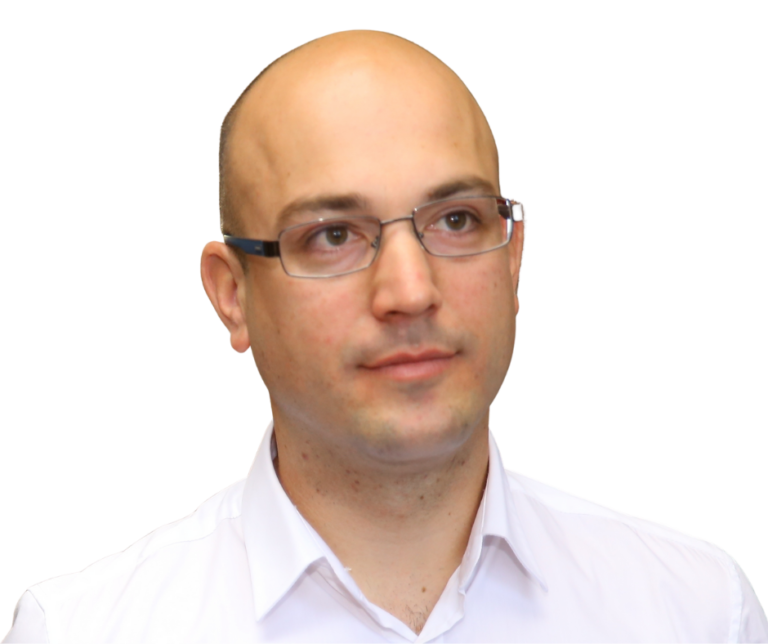As a professional auditor, you’re practically a modern detective who investigates financial statements. You meticulously comb through an organization's records and analyze financial data to ensure accuracy and compliance.
But how do you gather audit evidence to support their conclusions? In this blog post, we will delve into the art of gathering audit evidence, with a special focus on these areas:
- What audit evidence means
- The main types and methods of collecting audit evidence
- The role of technology in analytical procedures
Let’s dive in!
What is audit evidence?

Audit evidence refers to the information and supporting documentation that finance professionals analyze in order to create accurate audit reports. It’s the precondition for your conclusions related to financial statements, internal controls, and compliance.
The nature and extent of audit evidence depend on multiple factors: the size and complexity of the organization, the specific objectives of the audit, or the inherent risks associated with the entity's operations. In general, we recognize two types of audit evidence:
- Internal audit evidence: This refers to the company’s documentation. It includes policies and procedures, financial records, internal reports, employee interviews, and internal system-generated data.
- External audit evidence: This refers to the documentation obtained from external entities. For instance, market research reports, industry benchmarks, bank reports, or legal opinions represent external audit evidence.
Sufficient appropriate audit evidence
Before engaging in analytical procedures, you have to collect sufficient appropriate audit evidence. The phrase itself may sound convoluted, but it makes perfect sense in financial analytics. Here’s a quick breakdown of sufficient appropriate evidence:
- Sufficiency is the measure of quantity. It means that the volume of audit evidence obtained must be sufficient to complete audit procedures.
- Appropriateness is the measure of quality. The point is to gather credible and relevant information because it’s the only way to ensure the auditor’s independent execution.
In other words, sufficient appropriate audit evidence fulfills both the quantity and the quality criteria needed for further audit procedures.
Main types of audit evidence

Audit evidence comes in all shapes and sizes because it depends on the very nature of the organization. However, we can pinpoint a few typical types of records that qualify as sufficient appropriate evidence:
- Documentary evidence: This includes written records — invoices, contracts, bank statements, receipts, and other documents that provide evidence of transactions and events.
- Internal documentation: Auditors review internal documentation like organizational policies, minutes of meetings, accounting manuals, or internal reports.
- External confirmations: You’ll often confirm balances or transactions with third parties. These can be banks, customers, suppliers, or other related entities.
- Physical examination: It’s often necessary to inspect tangible assets — inventory, property, plant, and similar. Physical evidence can also include observing production processes.
- Analytical procedures: As an auditor, you’ll use analytical procedures to assess the reasonableness and consistency of financial information. For instance, you’ll compare financial statements, ratios, trends, and benchmarks to identify unusual fluctuations.
- Oral evidence: This means obtaining information from management or employees.
- Computations and reconciliations: These two processes verify the accuracy and completeness of financial information.
It's important to note that these types of audit evidence are not exhaustive. You may use additional techniques or sources depending on the specific circumstances of the audit procedures performed.
Collecting audit evidence: Disclaimer
We are talking about general audit procedures in this post, but keep in mind that auditing and accounting standards may differ from one country to another. That’s why an auditor’s observation should be based on local/national laws and regulations.
Here are a few useful resources for accounting practices:
- Audit Evidence by American Institute of Certified Public Accountants (AICPA)
- A Guide to Understanding Auditing and Assurance by CPA Australia
- International Standard on Auditing by the UK Financial Reporting Council
- Audit Procedures for Obtaining Audit Evidence by the Office of the Auditor General of Canada
Methods of collecting audit evidence

One of your primary responsibilities is to gather sufficient appropriate audit evidence, and you can use a range of methods to do it properly. Every auditor relies on the following techniques to gather information from clients:
1. Inspection of documents and records
The first entry on our list is an obvious one — auditors always analyze a company’s official documents and records. We are talking about financial statements, accounting records, contracts, invoices, bank statements, and other relevant documents.
2. Inspection of tangible assets
In certain industries, the physical existence and condition of assets play a crucial role in determining their value and impact on financial statements. Sometimes you may physically inspect tangible assets such as buildings, machinery, inventory, or other physical properties to ensure their existence and ascertain their valuation.
3. Observation
Observation involves monitoring a process or activity in a given organization. It allows you to assess the consistency and effectiveness of internal controls, as well as to verify the accuracy of financial transactions.
4. Inquiry
When auditors seek information from knowledgeable individuals within or outside the entity, they use the inquiry method. They often conduct interviews with management, staff members, or external parties to clarify certain details. Keep in mind, however, that inquiry alone is not considered sufficient audit evidence.
5. Confirmation
Confirmation is the process of obtaining a direct written response from third parties to corroborate the information provided by the entity. You’ll often send confirmation requests to banks, customers, suppliers, or other external parties to collect reliable audit evidence.
6. Recalculation
Recalculation involves re-performing calculations or mathematical procedures independently. Auditors do it to verify the accuracy of the amounts presented in the financial statements. In this case, you’ll recalculate interest expenses or payroll data to identify computational errors or potential misstatements.
7. Reperformance
Reperformance refers to the independent testing of the organizations’ internal controls or procedures. This helps you to validate the reliability and accuracy of the company’s processes and systems.
8. Analytical procedures
Analytical procedures are the most difficult part of the process because they require extensive investigations. For instance, you have to analyze financial information, pinpoint business trends, or unusual fluctuations. Most times, you’ll do it by comparing the current data with prior periods and industry benchmarks.
Use technology to collect audit evidence
Collecting files and documents plays a major role in audit procedures. This process is often complicated and time-consuming, especially if you don’t use a dedicated data collection system.
The good thing is that many tools now streamline data gathering, making the process much more efficient. These platforms automate data extraction and enable real-time collaboration, which means auditors can focus on higher-value tasks.
Content Snare is a game-changer in the field of data collection.

Our platform makes gathering audit evidence a lot easier thanks to a range of practical features. Here's why Content Snare stands out as the best tool for accountants and auditors:
- Simple information requests: Our pre-built templates enable you to send content requests and specify required documents in a few clicks.
- Automated reminders: Content Snare sends automated reminders to your clients, so they can stay on track with their submissions. This reduces the need for manual follow-ups or back-and-forth emails.
- Secure file transfers: We provide a secure platform for clients to upload files and store documents. Robust encryption protocols guarantee the confidentiality and integrity of the data throughout the transfer process.
- Streamlined collaboration: Auditors can collaborate with clients seamlessly through Content Snare. You can ask follow-up questions, request clarifications, and approve or reject inputs. Our platform auto-saves data, so form abandonment isn’t an issue.



